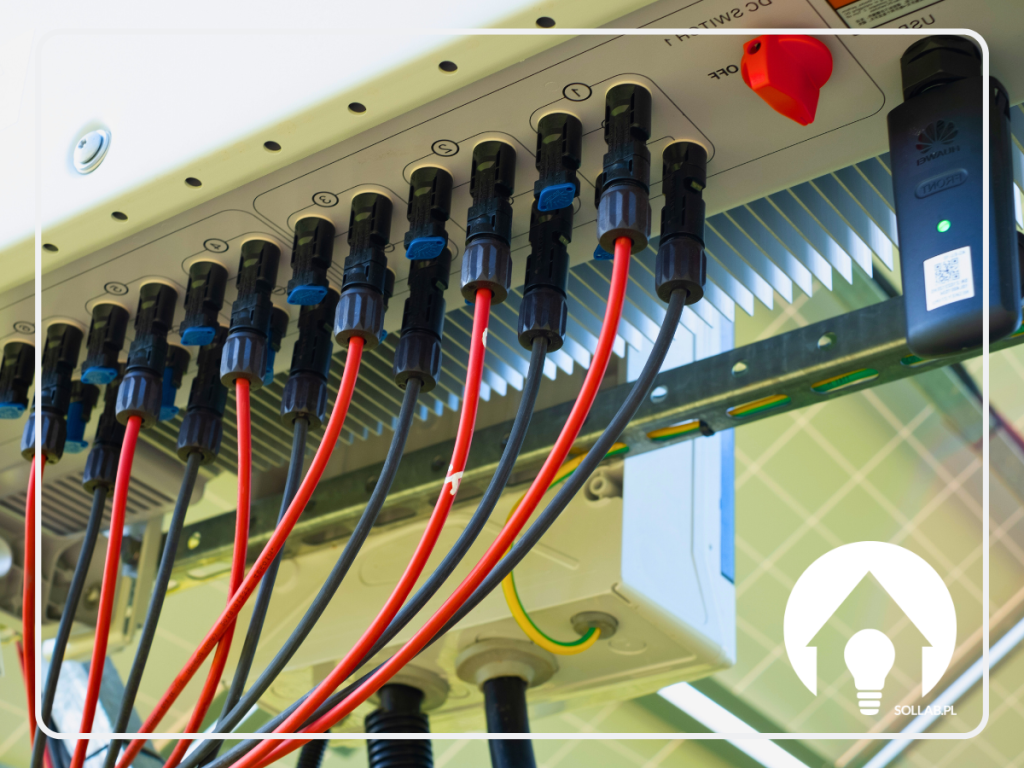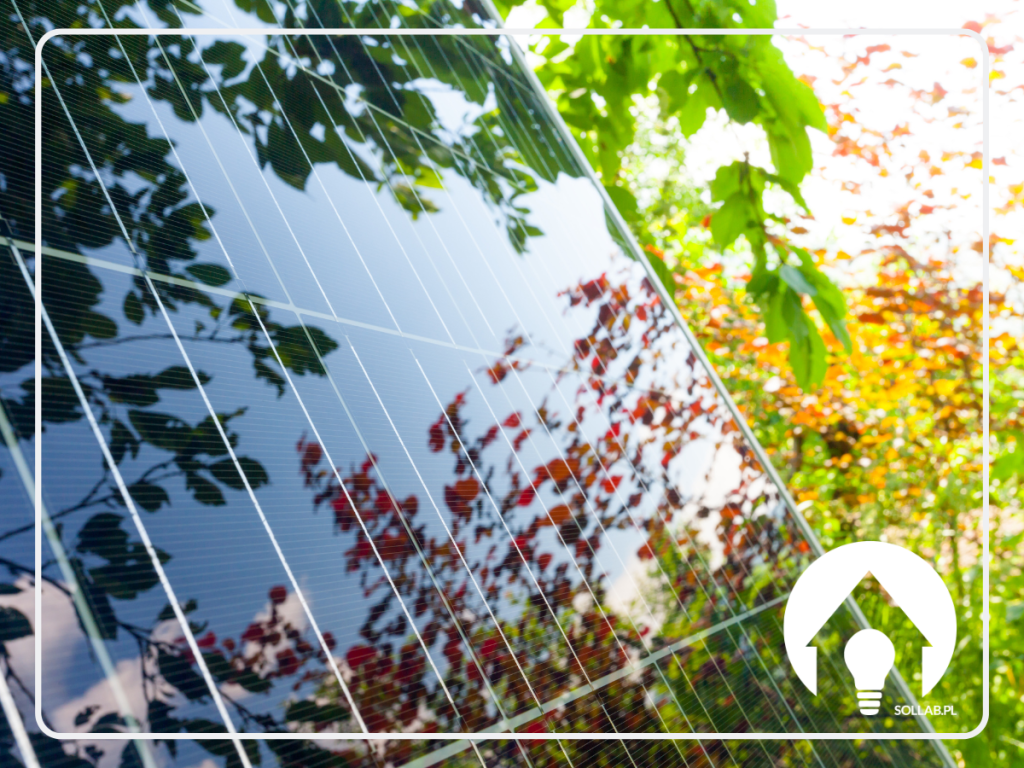Reactive energy and photovoltaic installation
Owners of photovoltaic installations are obliged to settle accounts with the electricity company, and there are various more and less clear-cut items on their bills. One aspect that can be questionable is the concept of so-called reactive power. What is reactive power? What does reactive power compensation consist of? Here is what you should know about reactive power.
What is reactive power?
Reactive energy is not consumed by appliances as is the case with active energy. Nevertheless, it is essential for the proper functioning of AC-powered equipment.
Reactive power, flowing between the load and the electrical grid, plays an important role in creating the specific electromagnetic field necessary to sustain the alternating current. It is reactive power that is responsible for the fact that the current can reach 50V one moment and jump to 300V the next.
In the case of reactive power, there is no consumption - the power circulates cyclically between the grid and consumers, causing additional load on transmission networks and voltage fluctuations. Reactive power is regularly taken from and returned to the grid.
In order to compensate for reactive power losses, suppliers set reactive power limits, which, if exceeded, incur additional charges for consumers. Understanding this issue is important for PV owners to manage their reactive power effectively and avoid additional costs.
Reactive power photovoltaics - what generates reactive power in a house with a photovoltaic installation?
Reactive energy in the context of photovoltaics most often occurs as a result of the operation of an inverter. Its main task is to convert DC energy into AC energy, resulting in the generation of inductive reactive energy.
In practice, it can be argued that it is rarely small-scale PV installations that are the main source of excess inductive reactive energy, rather common household electrical appliances are responsible for the additional load on transmission grids and, consequently, the excessive production of reactive energy.
It is worth noting that the need to compensate for reactive power, for example through the use of capacitor banks, mainly affects photovoltaic power plants and larger companies, not individual households. In practice, this means that owners of small photovoltaic installations rarely have to worry about excess reactive power, and the problem mainly affects large-scale energy infrastructure.
Impact of PV installations on reactive power billing
Photovoltaic installations consist of various devices, such as solar cables, power optimisers or inverters, which can generate some reactive power consumption. However, for small domestic micro-installations, such impacts are so limited that the risk of reactive power charges is minimal. The challenge may be more in the use of sets of more than 50 kWp.
For small, domestic micro-installations, the impact of the listed equipment on the generation of reactive energy is usually small, increasing the certainty of avoiding additional costs associated with reactive energy charges. However, for larger installations, such as small photovoltaic farms, the need to use more equipment results in increased reactive energy consumption. In order to optimise the return on investment for larger capacity solar panels, considering the use of special compensators can be key.
The use of appropriate power compensators in photovoltaic installations makes it possible to effectively reduce the reactive energy generated, which can contribute to maximising the efficiency and cost-effectiveness of such installations. It is therefore worth paying attention to these aspects, especially when planning and maintaining larger photovoltaic farms.
Reactive power compensation for lower bills
Although the problem of excessive reactive power consumption mainly affects photovoltaic farms, it can also arise with small domestic micro-installations.
In order to optimise reactive power consumption, the owner of a backyard micro-installation can opt for a capacitor battery. This special battery generates the opposite reactive energy directly at the consumer, eliminating the need to transmit it through the electricity grid. With the use of a capacitor bank, the reactive energy only flows between the reactive power compensator and the load. Although the owner of a micro-installation is not obliged to compensate for reactive power, he or she can choose to install compensation devices. Before making a decision, however, it is worth carefully comparing the reactive energy charges with the cost of purchasing and installing these devices.
At Sollab, we take care of the selection of equipment to optimise costs if required - see the manufacturer's website for more information: https://savlo.pl/
















